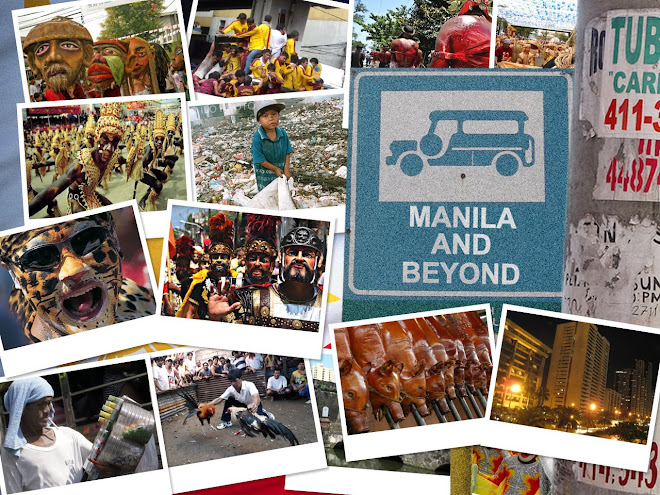It did not occur to me right away that Kali is one of the terms applied for the more familiar-sounding Arnis. I have definitely heard of and know a bit of information about Arnis, but I did not know that it is also interchanged with other names such as Escrima and Kali. So could you guess how the conversation went?
Foreign friend: I am into aikido...I am interested in martial arts...Have you heard of Kali? Is it really a Philippine sport?It was embarrassing, this rather unceremonious revelation of my ignorance of my own country's local sport.
Me: (grappling) You know, honestly, I know of Arnis as being a form of martial arts that is indigenous in the Philippines. Kali? I do not know? Is it Indonesian?
A few weeks ago, I remember this conversation as I came across an article which states that Arnis (or Escrima, or Kali) has been officially declared last year as the new national sport.
Arnis is the traditional martial arts indigenous to the Filipino and said to be the type of combat employed by Lapu-Lapu's troops during the fateful encounter with Magellan and the Spanish troops in Mactan (resulting in Magellan's death). It has replaced Sipa (literally translated to "kick") as the national sport.
 A good number of quarters hailed this decision. I personally think that a combat sport like Arnis (in spite of my limited knowledge of the sport) should embody the Filipino competitive spirit. This is not to take away any merits from Sipa. I have nothing against Sipa, which I think though should undergo some updating (Like maybe device some extreme Sipa competitions? Quite possible.),
A good number of quarters hailed this decision. I personally think that a combat sport like Arnis (in spite of my limited knowledge of the sport) should embody the Filipino competitive spirit. This is not to take away any merits from Sipa. I have nothing against Sipa, which I think though should undergo some updating (Like maybe device some extreme Sipa competitions? Quite possible.),For those who are novices to the game, please check out the following links:
http://www.visayanmartialarts.com/
http://www.maelstromcore.com/history/index.html
http://www.unitedarnis.com/Arnis-10-radical-truths.html
Photo from this site.










